
Balancing Yin & Yang
Introducing Yin in Our Yang Lives
As a yoga teacher who cherishes my meditation practice, I strive to teach yoga in a meditative way. Yin Yoga has always been a practice that reminds me to slow down, and be in stillness with the breath. In our fast paced (Yang) world, these values are not easy to embrace and can feel uncomfortable, but are a necessity in order to live a balanced life.
The Practice of 'Yin Yoga'
In the Yin Yoga practice we remain in poses/ananas for an extended period of time. These longer holds of seated or reclined poses work to unwind the body's deeper layer of fascia. (Fascia is a sheet of connective tissues that surround muscles, blood vessels and nerves.)The fascia needs at least 120 seconds of pressure to start to change, softening and lengthening, to slowly increase your flexibility. Each pose/asana is usually held for 3-5 minutes.
The origins of Yin Yoga in the United States
Yin Yoga, coming from the Taoist tradition, through the influences of Paulie Zink, Paul Grilley and Sarah Powers, focuses on the meridian system. (Meridians are pathways through which Qi or energy flow.) Yin Yoga works in accordance with Traditional Chinese Medicine ("TCM"). In TCM each meridian is connected to a different organ or set of organs. Each organ has personality characteristics- demonstrating the mind/body connection. By holding these asanas, the meridian channels start to open up, bringing light (or Qi) to dark spots, also known as blockages, in the body. Having a basic understanding of the meridian systems is very helpful when you practice this style of Yoga.
 Lower Body Meridians
Lower Body Meridians
(Yin Organs)
- Kidneys
- Liver
- Spleen
- Lungs
- Heart
- Pericardium (the sac around the heart)
Upper Body Meridians
(Yang Organs)
- Urinary Bladder
- Gall Bladder
- Stomach
- Large Intestine
- Small Intestine
- Triple Heater (also called 'triple warmer' or 'san jiao' — it functions as an organ, but has no form)
Relationship Between Upper & Lower
The lower body meridians, which pass through the hip region, affect the lower body, as well as the upper body. This is because each lower body meridian is associated with an upper body meridian.
Yin/Yang Meridian Pairs
- Kidneys/Urinary Bladder
- Liver/Gall Bladder
- Spleen/Stomach
- Lungs/Large Intestine
- Heart/Small Intestine
- Pericardium/Triple Heater
Working your Yin Yoga Practice with the Seasons and Time of Day
During each season a yin/yang meridian organ pair will work harder than the other organs. The meridian organ pairs also have a time of day when they are working harder.
Seasons
Spring: Liver/Gall Bladder
Summer: Heart/Small Intestine
Late Summer: Spleen/Stomach
Fall: Lungs/Large Intestine
Winter: Kidney/Urinary Bladder
Time of Day
11p - 3a — Liver/Gall Bladder
3a - 7a — Lungs/Large Intestines
7a - 11a — Stomach/Spleen
11a - 3p — Heart/Small Intestine
3p - 7p — Kidney/Urinary Bladder
7p - 11p —Pericardium/Triple Heater


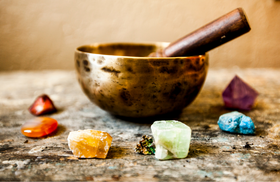
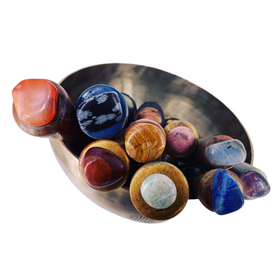
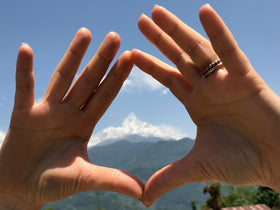
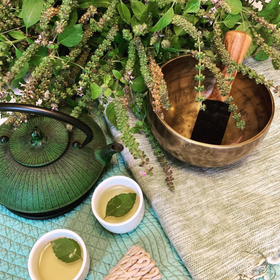
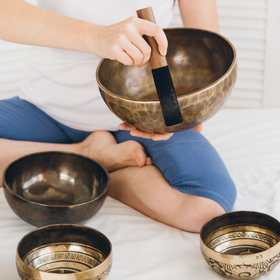
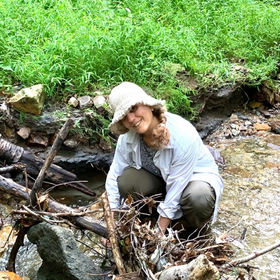
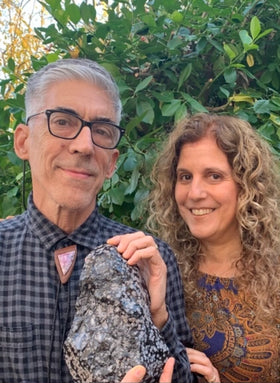
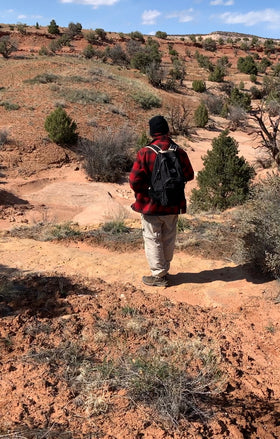
Leave a comment